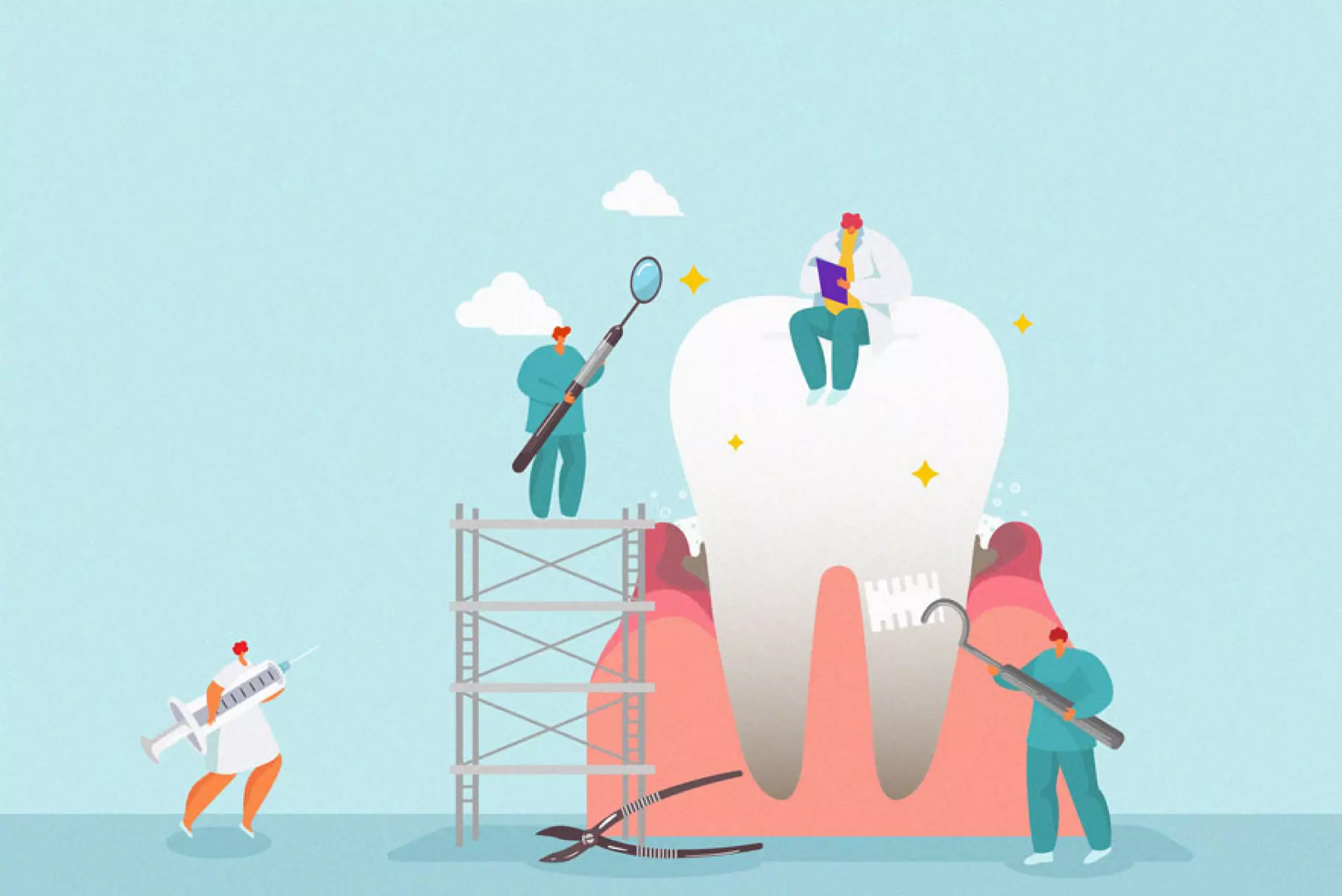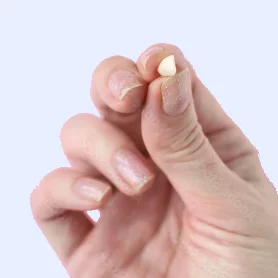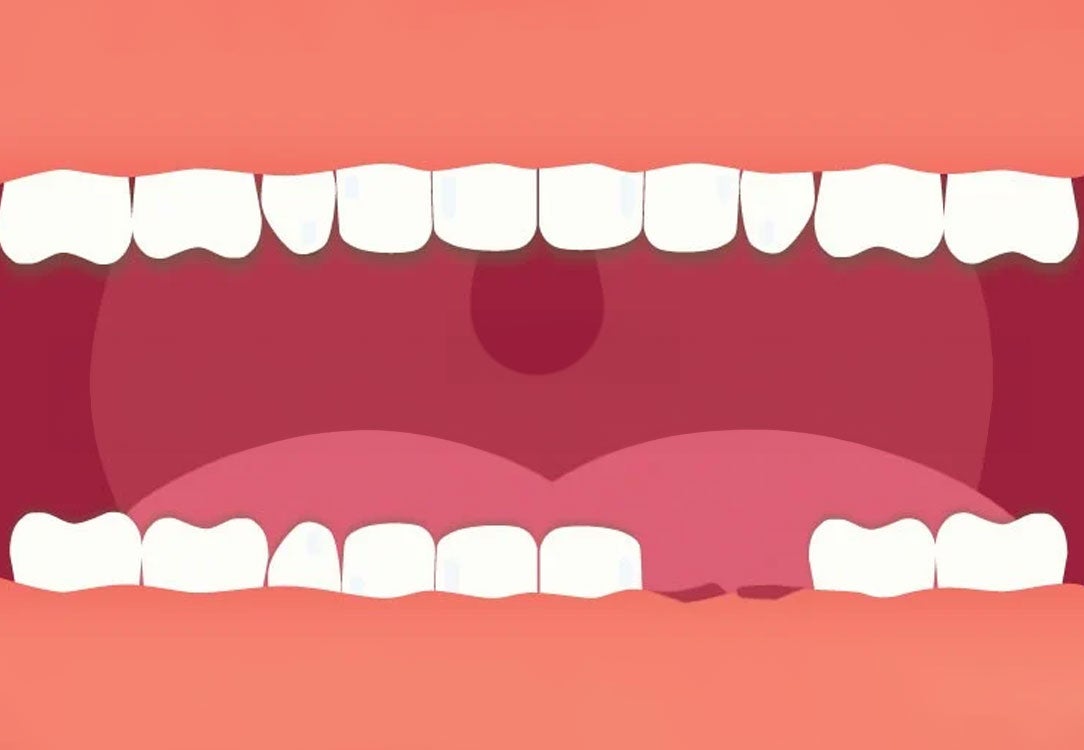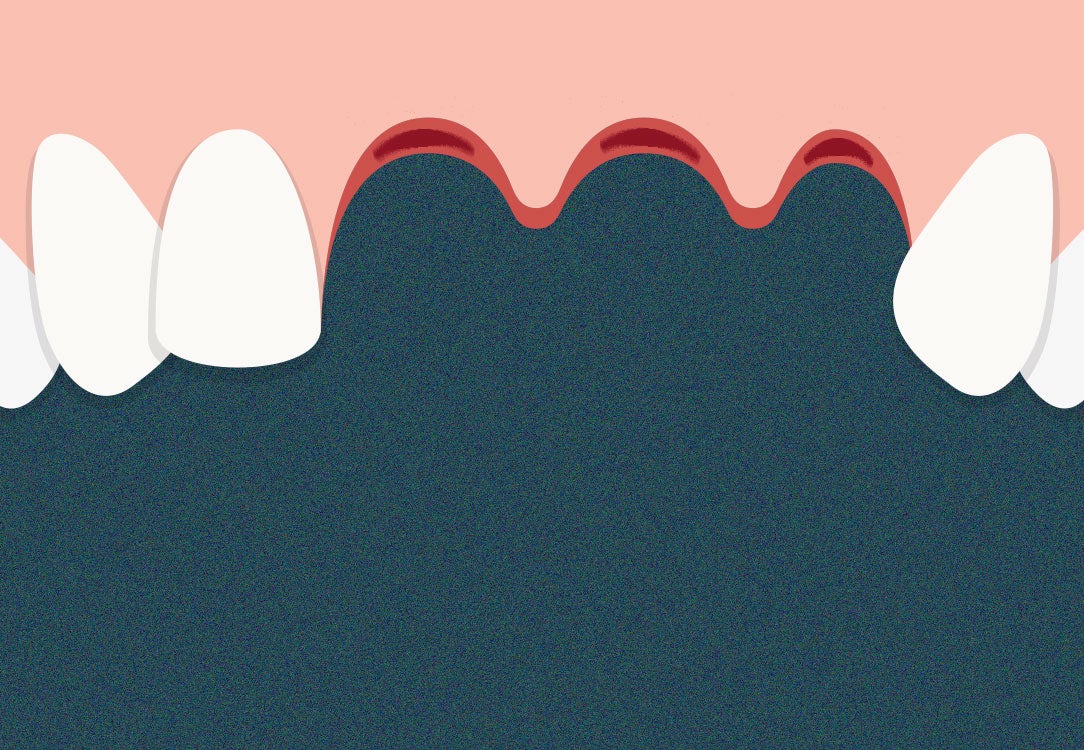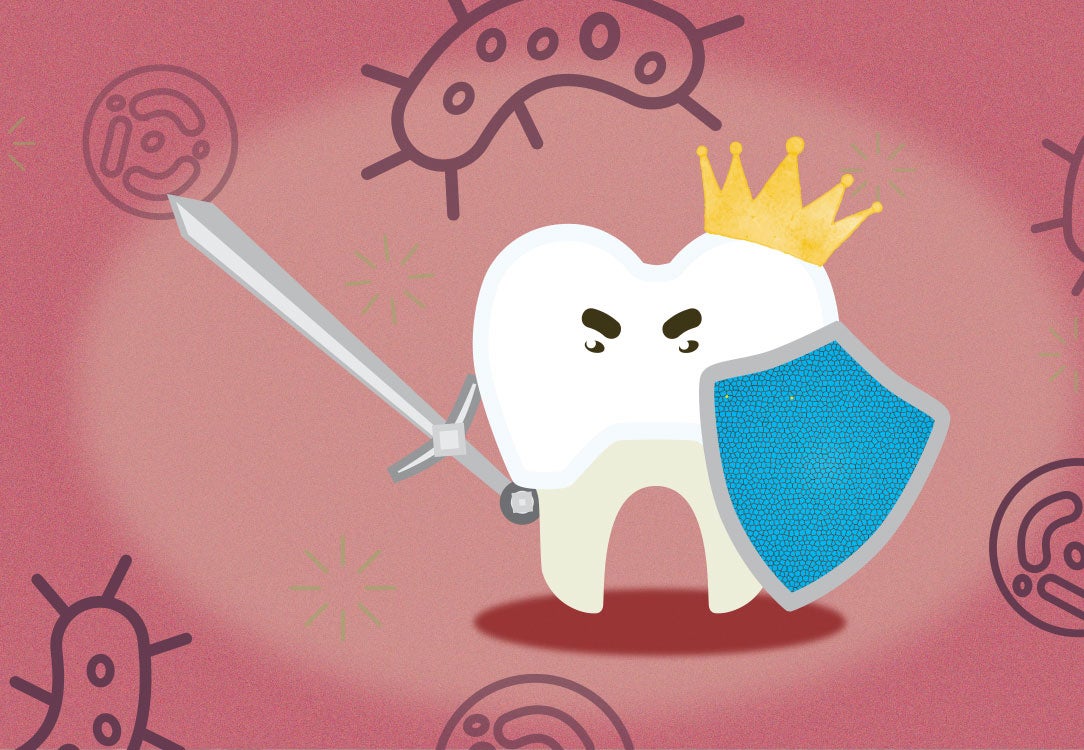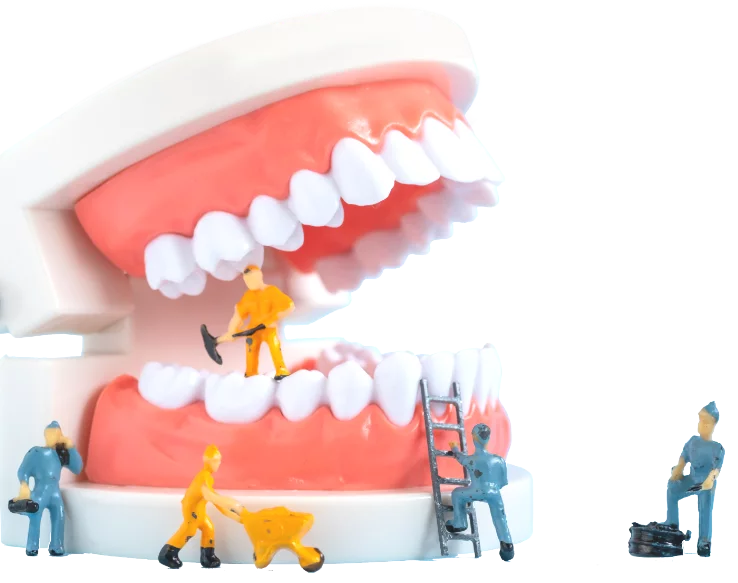How can we help?
- OVERVIEW
- ROUTINE CLEANING
- DENTAL HYGIENE
- CANCER SCREENINGS
- X-RAYS/IMAGING
- DENTURES
- TELEDENTISTRY
- DENTAL SEALANTS
- FLUORIDE TREATMENT
- FILLINGS
- SEDATION DENTISTRY
- DENTAL CROWNS
- BRIDGES
What Dental Bridges Do
There are a handful of reasons why someone would need a dental bridge.



Book an Appointment Today
If you think a dental bridge might be right for you, or you’re just ready to check in on your oral health, having your next dentist appointment on the books is always a good idea.
Got questions?
We’ve got answers to all of your dental bridge questions. Browse our FAQs here or give us a call at 1-800-SMILEGEN.
If you want your dental bridge to last, you need to take proper care of it. Although a dental bridge typically lasts about five to seven years, it can last upwards of 10 years with care.
To increase the years before a replacement is needed, you must maintain good oral hygiene. This means brushing your teeth twice a day and flossing at least once a day. Regular appointments with your dentist are also important to help detect and deter issues that could lead to a necessary replacement.
Dentures are an option to replace missing teeth, whether it be complete or partial dentures.
Full dentures, commonly known as complete dentures, fit over your gums and are used when the patient is missing all of your teeth in the upper and/or lower jaws. Your dentist will likely recommend full dentures because you do not have any natural teeth to support a bridge.
Partial dentures are used when you have one or more teeth missing and are also referred to as removable bridges. Partial dentures attach to natural teeth and have a metal framework and clasps.
Implant-supported bridges combine a dental bridge and an implant and are commonly referred to as partial dental implants. The biggest difference between a fixed bridge and a partial dental implant is that dental implants secure the bridge instead of the adjacent healthy teeth.
Your dentist may recommend this option if you do not have healthy teeth to support a traditional dental bridge.
Dental bridges fill the gap of a missing tooth between two existing teeth; they bridge your teeth together. If you have two healthy teeth with one or more teeth missing between them, your dentist may recommend a dental bridge.
On the other hand, a dental implant is a surgical replacement of your missing teeth, which requires attaching an implant to the jawbone. This involves removing both the tooth or teeth and roots.
Related Posts
Sources
Healthline. (n.d.). Dental Bridge: Types, Benefits, and Procedure. https://www.healthline.com/health/dental-bridge
West Coast International Dental Clinic. (n.d.). Dental Bridge. https://westcoastinternational.com/dental-bridge
WebMD. (n.d.). Dental Bridges: Types, Benefits, and Who Needs Them. https://www.webmd.com/oral-health/guide/dental-health-bridges
Verywell Health. (n.d.). Dental Bridge: Procedure, Types, and Care. https://www.verywellhealth.com/dental-bridge-4777662







